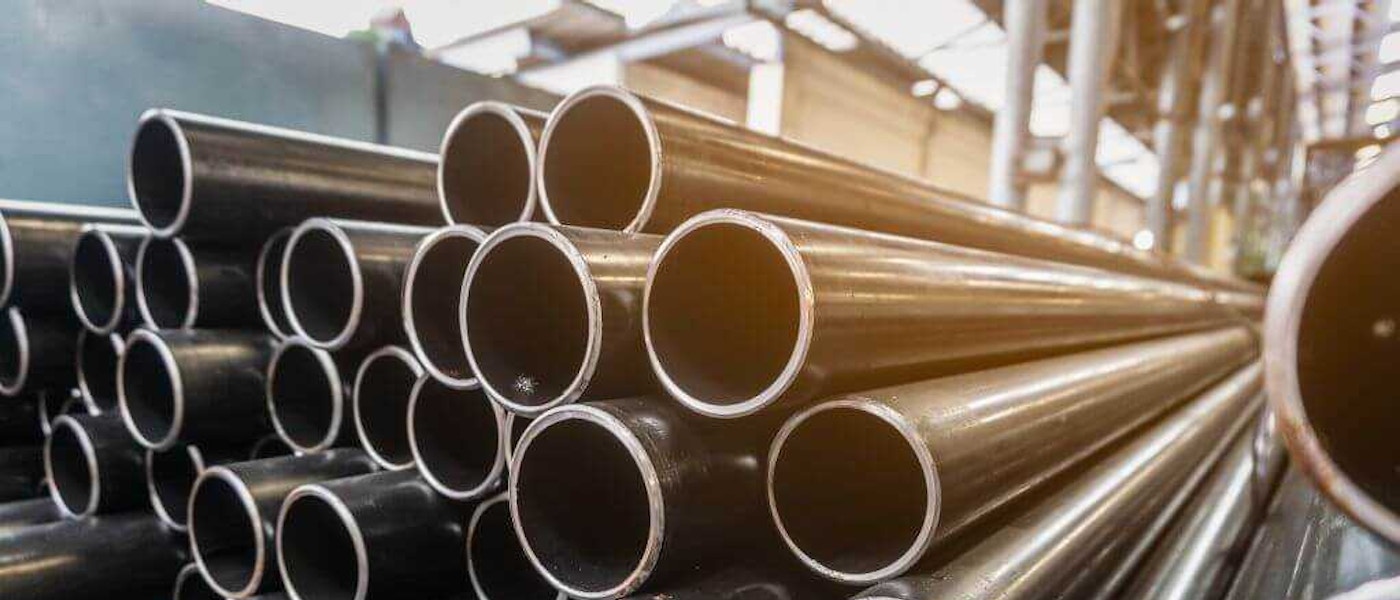Stainless Steel Grade 304
The Stainless Steel variants of 1.4301 and 1.4307 are also known as Grades 304 and 304L and are the most commonly used of all the Stainless Steels
The trade also refers to them as 18/8, based on the composition of 18% chromium and 8% nickel.
304 itself can then be broken down into further grades reached by slight adjustments to the material composition during manufacture.
Grade 304L: A lower carbon version of the standard Grade 304, 304L is an ideal choice for welding and is commonly used for heavy gauge components.
Grade 304H: By stark contrast, 304H utilises a higher carbon content for use in higher temperature environments.
Key Properties of Grade 304
Common applications of Stainless Steel 304
- Saucepans
- Cutlery
- Panels for architecture
- Tubing
- Food production equipment
- Pharmaceutical equipment
- Springs, bolts, nuts and screws
- Sinks
- Splashback surfaces
Stainless Steel Grade 316
Stainless Steel types 1.4401 and 1.4404 are the 316 and 316L Grades.
In commercial terms, Grade 316 is second only to 304 in usage.
Grade 316 is an Austenitic Stainless Steel alloy with a melting range of 1371°c - 1399°c, and it also has a significant tensile strength of 579 MPa (84 ksi) and a maximum use temperature of around 800°c.
All austenitic Stainless Steels have high concentrations of chromium and nickel and as such have many exceptional attributes, including significant strength and superb corrosion resistance.
However, Grade 316 has the additional component of molybdenum, usually around 2%, improving its resistance to alkalis, acids, chloride pitting and crevice corrosion in chloride-based environments.
This addition of molybdenum plus a heavier nickel content make grade 316 a costlier alternative to 304, so it is essential to know when 316 is needed or when 304 is perfectly suited to the job.
Key Properties of Stainless Steel Grade 316
Material composition
- 16% chromium
- 10% nickel
- 2% molybdenum
Common knowledge is that Grade 316’s key value is its superior corrosion resistance, but this only tells half the story.
Grade 316 itself can also then be broken down into various sub-grades:
Grade 316L - A lower carbon version of 316, is immune to grain boundary carbide precipitation, or sensitisation as it is commonly known, making it ideal for heavy gauge welded components.
Grade 316H -A higher carbon version, and a stabilised Grade 316Ti - show substantial levels of toughness even at the lowest cryogenic temperatures.
Grade 316Ti contains a trace amount of Titanium, usually only around 0.5%. This aids in stabilising the structure of 316 at temperatures above 800°c, preventing carbide precipitation at the grain boundaries and protecting the metal from corrosive damage.
The primary advantage of 316Ti is that it can be used at higher temperatures for a more sustained period without sensitisation being a factor, while still retaining the physical and mechanical benefits of Grade 316.
All of these additional benefits make 316 the better option in areas of high corrosive exposure.
Benefits and Pitfalls of Grade 316
Grade 316 Applications
In terms of use, Grade 316 is a highly valued commodity and the go-to choice for many distinct applications, including:
- Pharmaceutical Equipment and instruments
- Marine Parts and Equipment
- Outdoor Electricals
- Medical instruments and implants
- Chemical and Petro-chemical Equipment
- Stainless Steel Baskets
- Food processing equipment
- Laboratory applications
- Chemical transportation
- Springs, nuts, bolts and screws
Key Differences Between 304 vs 316 Stainless Steel
Now we understand a broader specification of the two metals, let's look at the real differences and practical applications:
- The most significant difference between the two is the presence of molybdenum in Stainless Steel 316.
- Molybdenum is a chemical element used to strengthen and harden steel, though in the case of 316 it is utilised due to its ability to fight off corrosion from chlorides.
- Stainless Steel 316 also contains more nickel than 304 while 304 has greater chromium content.
- Where 304 is 18% chromium and 8% nickel, Stainless Steel 316 is comprised of 16% chromium, 10% nickel and 2% molybdenum.
- Aesthetically, the two are very similar, as well as in their chemical construction and properties.
- Both are known for their durability and boast exceptional corrosion and rust resistance.
- Stainless Steel 304 is prized the world over for its versatility and corrosion resistance in tandem with being a lower-cost alternative.
- Stainless Steel 316 is more expensive because it has an even higher level of corrosion resistance due to the molybdenum effect, this aids in protection against chlorides and chlorinated solutions.
- So 316 is the preferred choice where exposure to salt is a factor, in these instances the extra cost is well worth the spend because 316 will outperform 304 and last many years longer.
- If however, the project does not involve salt exposure or uses milder acids then 304 is more than capable and a superb choice.
With choices between metals and variants on the increase, selecting the right metal for the job can often be difficult and painstaking. If in any doubt expert advice is recommended to assist in getting the right tools for the job and of course the best value for money. For more information, contact your local Righton Blackburns Service Centre.
Righton Blackburns Stainless Steel Stock
Righton Blackburns have been supplying Stainless Steel for over 100 years, building a stellar reputation in many of today's diverse and innovative markets.
To discover the technical composition, characteristics, properties and applications of our incredibly vast product range, please visit our datasheet database or speak to one of our expert team at your local service centre.




